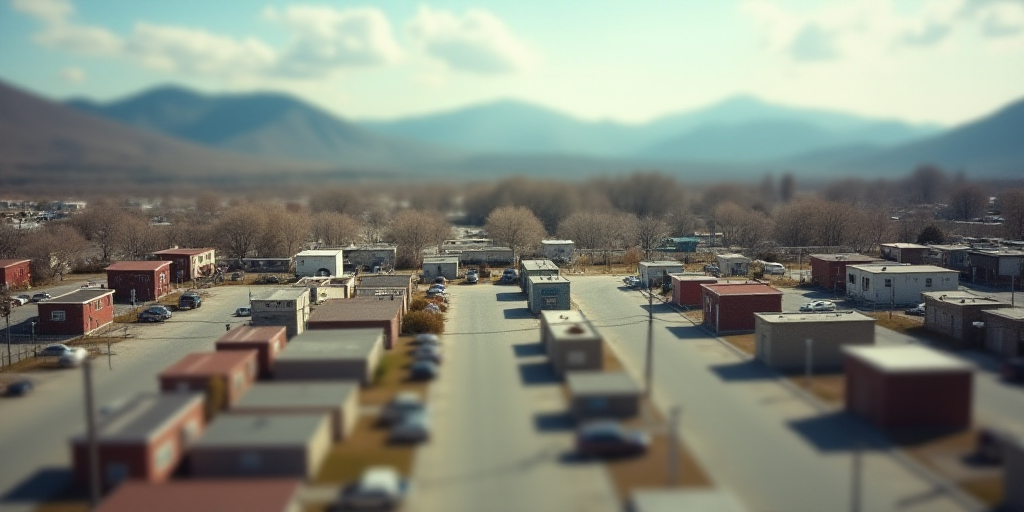Background and Relevance of the Issue
The shortage of available urban land and bureaucratic hurdles have constrained housing development in Mexico, particularly in the lower-income and social segments priced below one million pesos. Gene Towle, director general of consultancy Softec, highlights the link between this deficit and the lack of urban land with services.
Historical Context and Current Situation
Towle explains that the origins of this shortage can be traced back to the administration of former President Enrique Peña Nieto, when urban containment polygons were established. Since then, there has been a decrease in the inclusion of equipped land and reduced investment in infrastructure to expand cities.
“Municipalities and local governments have not invested in infrastructure to make land habitable, making it difficult to build affordable housing. Only large companies with experience, such as Javer, Ara, Sadasi, or Ruba, can manage these costs,” Towle said in an interview.
Regional Disparities
Although the slowdown has been nationwide, there are significant differences between states. According to the Registro Único de la Vivienda (RUV), Nuevo León has constructed the most homes, with 10,295 units (12.2% of the national total). Jalisco follows with 8,820 and Quintana Roo with 6,088.
In contrast, Campeche and Guerrero built fewer than 50 homes in the first eight months of 2025. Meanwhile, Mexico City faces a wide gap between demand and supply, requiring around 60,000 homes annually but only constructing 884 so far this year.
“In Monterrey, Guadalajara, and Cancún, we see activity in high-end housing. However, the number of projects initiated in Mexico City has drastically decreased. From 1,500 annual construction permits, only around 200 are now issued. The government’s clear policy seems to be pushing residents out,” Towle stated.
Vivienda del Bienestar and Land Policy
The Vivienda del Bienestar program, aiming to build 1.8 million homes during President Claudia Sheinbaum’s term, offers an opportunity to reduce the housing backlog. However, Towle emphasizes that ensuring access to equipped urban land is crucial for its success.
“It’s great that the presidency has a program to boost housing production. However, attention must be paid to centralized decision-making and the program’s operation,” he added.
Towle stressed that public policy and citizen participation are both essential: “Affordable housing is needed in many places, but it also depends on us as a society to help, cooperate, and monitor the process.”
Key Questions and Answers
- What is causing the housing crisis in Mexico? The shortage of available urban land and bureaucratic hurdles have constrained housing development, particularly in lower-income segments.
- Who is Gene Towle and why is he relevant? Gene Towle is the director general of consultancy Softec. He provides insights into the housing crisis and its causes.
- What are the regional disparities in housing construction? Nuevo León, Jalisco, and Quintana Roo have constructed the most homes, while Campeche and Guerrero have built fewer. Mexico City faces a significant gap between demand and supply.
- What is the Vivienda del Bienestar program? It’s a housing production initiative by President Claudia Sheinbaum’s administration, aiming to build 1.8 million homes during her term.
- What does Gene Towle suggest for the program’s success? Towle emphasizes ensuring access to equipped urban land and addressing centralized decision-making and program operation.






